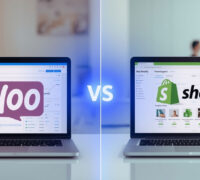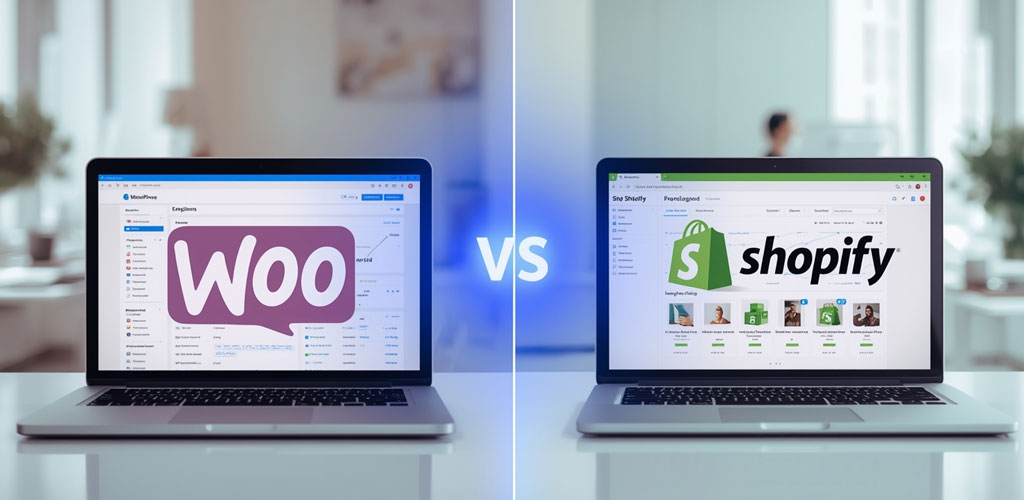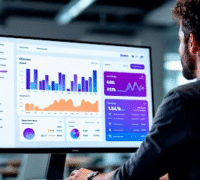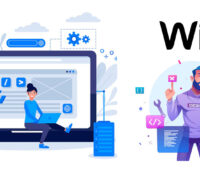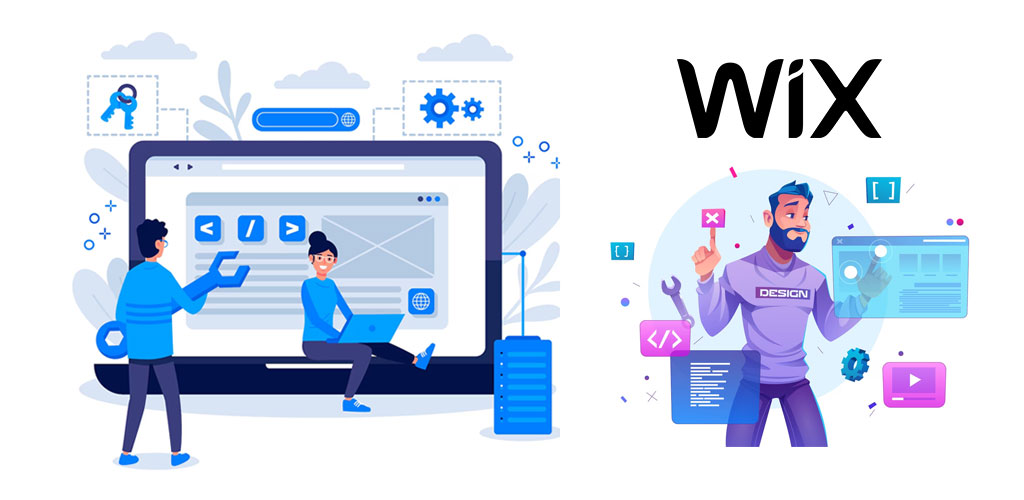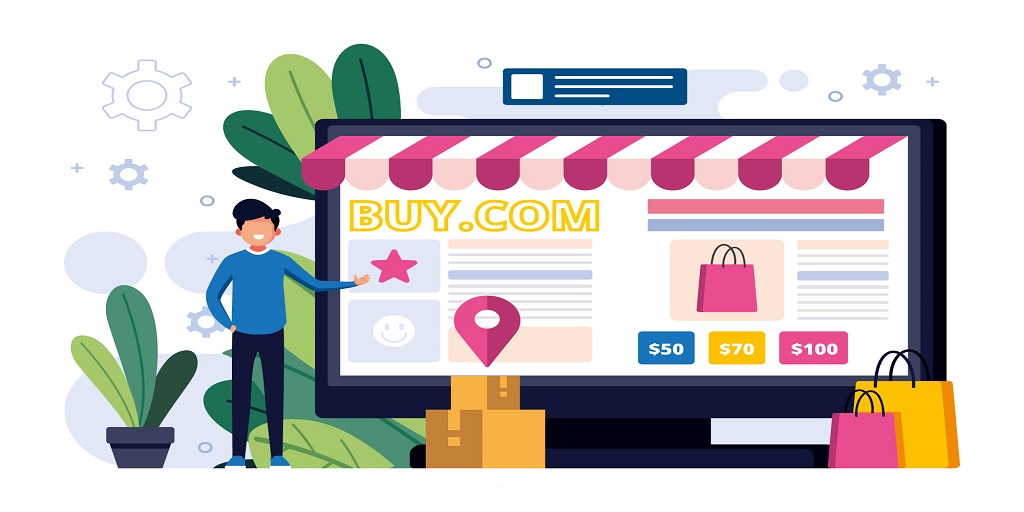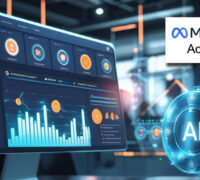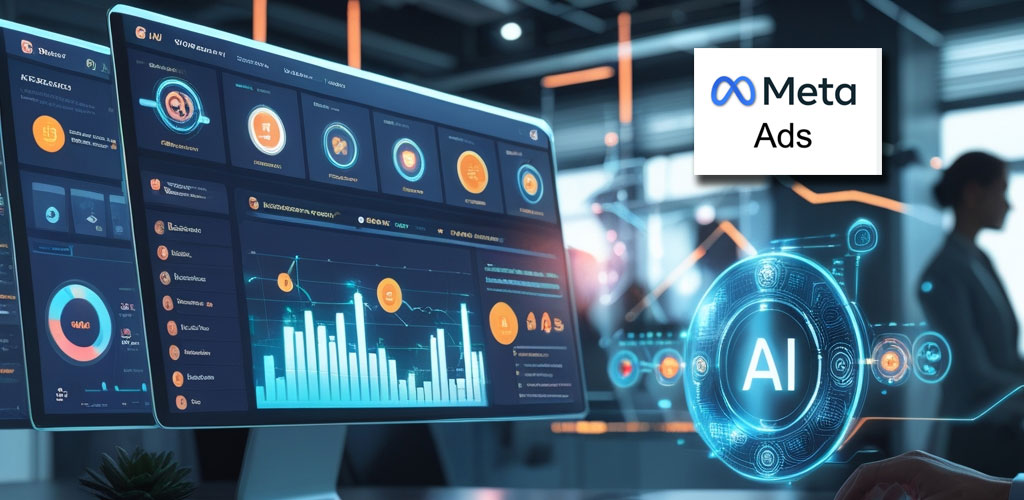The digital commerce landscape has grown tremendously over the past decade, with businesses increasingly relying on online platforms to reach their customers. For entrepreneurs and small business owners looking to establish an eCommerce presence, choosing the right platform is critical. Two of the most popular options in the market today are WooCommerce and Shopify. While both platforms enable businesses to sell products online efficiently, they are designed differently, catering to different needs and skill levels. Understanding the differences between WooCommerce and Shopify can help you make an informed decision for your eCommerce venture.
Overview of WooCommerce
WooCommerce is an open-source WordPress plugin that transforms a WordPress website into a fully functional online store. Its open-source nature allows users to customize every aspect of their online store. WooCommerce is particularly appealing to those who are already familiar with WordPress, as it integrates seamlessly with the WordPress ecosystem. One of its main advantages is the flexibility it offers. Store owners can control everything from product pages and checkout processes to shipping options and payment gateways.
However, this flexibility comes with a learning curve. Setting up WooCommerce requires some technical knowledge, including web hosting management, WordPress updates, and plugin configuration. While the core plugin is free, additional functionalities often require paid extensions, which can increase costs depending on the features needed. Despite this, WooCommerce remains an excellent choice for businesses that prioritize control and customization over simplicity.
Overview of Shopify
Conversely, Shopify is a fully hosted eCommerce platform. Unlike WooCommerce, Shopify is not a plugin; it is a standalone platform designed to handle all aspects of online selling. Shopify is known for its simplicity and user-friendly interface, making it ideal for beginners or entrepreneurs who want to start selling quickly without dealing with technical aspects like hosting or server management.
Shopify includes a wide range of built-in features such as payment gateways, inventory management, and marketing tools. The platform also offers professional themes and templates, which allow businesses to create visually appealing stores without needing design expertise. While Shopify has a subscription-based pricing model, it covers hosting, security, and updates, reducing the technical burden on the user.
Ease of Use
One of the key differences between WooCommerce and Shopify is their ease of use. WooCommerce requires a higher level of technical knowledge because it relies on WordPress for its functionality. Users need to handle hosting, backups, security, and software updates. Customizing the store may require coding knowledge or hiring a developer, especially for complex features.
In contrast, Shopify offers a more straightforward setup process. The platform is designed for users to start selling within hours. Its drag-and-drop interface allows store owners to design pages and manage products without any coding experience. For those who want to focus on running their business rather than managing technical details, Shopify provides a simpler, stress-free experience.
Customization and Flexibility
WooCommerce shines when it comes to customization. Since it is open-source, users have complete control over their store’s design and functionality. You can install various plugins and extensions to add new features, integrate with third-party services, and modify the code to suit your specific business needs. This flexibility makes WooCommerce suitable for businesses with unique requirements or those looking to scale with highly tailored solutions.
Shopify offers customization options as well, but it is more limited compared to WooCommerce. Users can choose from a wide range of themes and apps from the Shopify App Store, but the platform enforces certain restrictions to ensure stability and security. While Shopify is great for standard online stores, businesses with highly specialized needs may find it less flexible.
Cost Considerations
Cost is another important factor to consider when choosing between WooCommerce and Shopify. WooCommerce itself is free, but you need to pay for hosting, domain registration, and any premium plugins or themes you choose to use. This can make the initial setup cost relatively low, but ongoing expenses can add up depending on your customization requirements.
Shopify operates on a subscription model, with monthly plans that include hosting, security, and customer support. While this may seem more expensive upfront, the predictable costs can make budgeting easier. Shopify also charges transaction fees if you do not use its proprietary payment gateway, Shopify Payments. For businesses seeking a hassle-free and predictable cost structure, Shopify provides convenience at a slightly higher price point.
Security and Maintenance
Security and maintenance are critical aspects of running an online store. WooCommerce users are responsible for maintaining the security of their site, including installing updates, securing payment processes, and managing backups. While plugins and hosting providers can help, the responsibility largely falls on the store owner.
Shopify, being a fully hosted platform, handles security and maintenance on behalf of the user. The platform ensures that your store is PCI-compliant, protects against malware, and manages updates automatically. This allows store owners to focus on business operations rather than technical issues, making Shopify an appealing option for those who prioritize convenience and reliability.
Scalability
Both platforms are scalable, but the approach differs. WooCommerce allows you to scale your store by upgrading your hosting, adding plugins, and customizing features. With proper management, WooCommerce can handle large stores with extensive product catalogs and high traffic. However, scaling may require technical expertise to maintain performance and security.
Shopify offers an easier path to scalability. The platform can accommodate large stores with high traffic without the need for technical adjustments. Shopify Plus, the enterprise-level solution, provides advanced features and dedicated support for rapidly growing businesses. While WooCommerce offers more control, Shopify offers a smoother scaling experience with less technical involvement.
Support and Community
Support options also differ between the two platforms. WooCommerce has an extensive online community and documentation, which is helpful for troubleshooting and learning. However, direct support may require hiring a developer or purchasing premium extensions.
Shopify offers dedicated customer support via chat, email, and phone, ensuring that help is available whenever needed. The platform also has an active community and knowledge base, making it easy for store owners to resolve common issues quickly.
Conclusion
Choosing between WooCommerce and Shopify ultimately depends on your business needs, technical skills, and growth plans. WooCommerce is ideal for businesses that want maximum control, flexibility, and customization options. It works best for users familiar with WordPress or willing to invest in learning and technical management. Shopify is perfect for entrepreneurs who want a simple, reliable, and fully managed eCommerce solution, allowing them to focus on selling rather than technical maintenance.
By evaluating factors such as ease of use, customization, cost, security, scalability, and support, business owners can make a well-informed decision. Both WooCommerce and Shopify are powerful platforms capable of supporting successful online stores, but understanding their differences is key to building a platform that aligns with your business goals and growth trajectory

